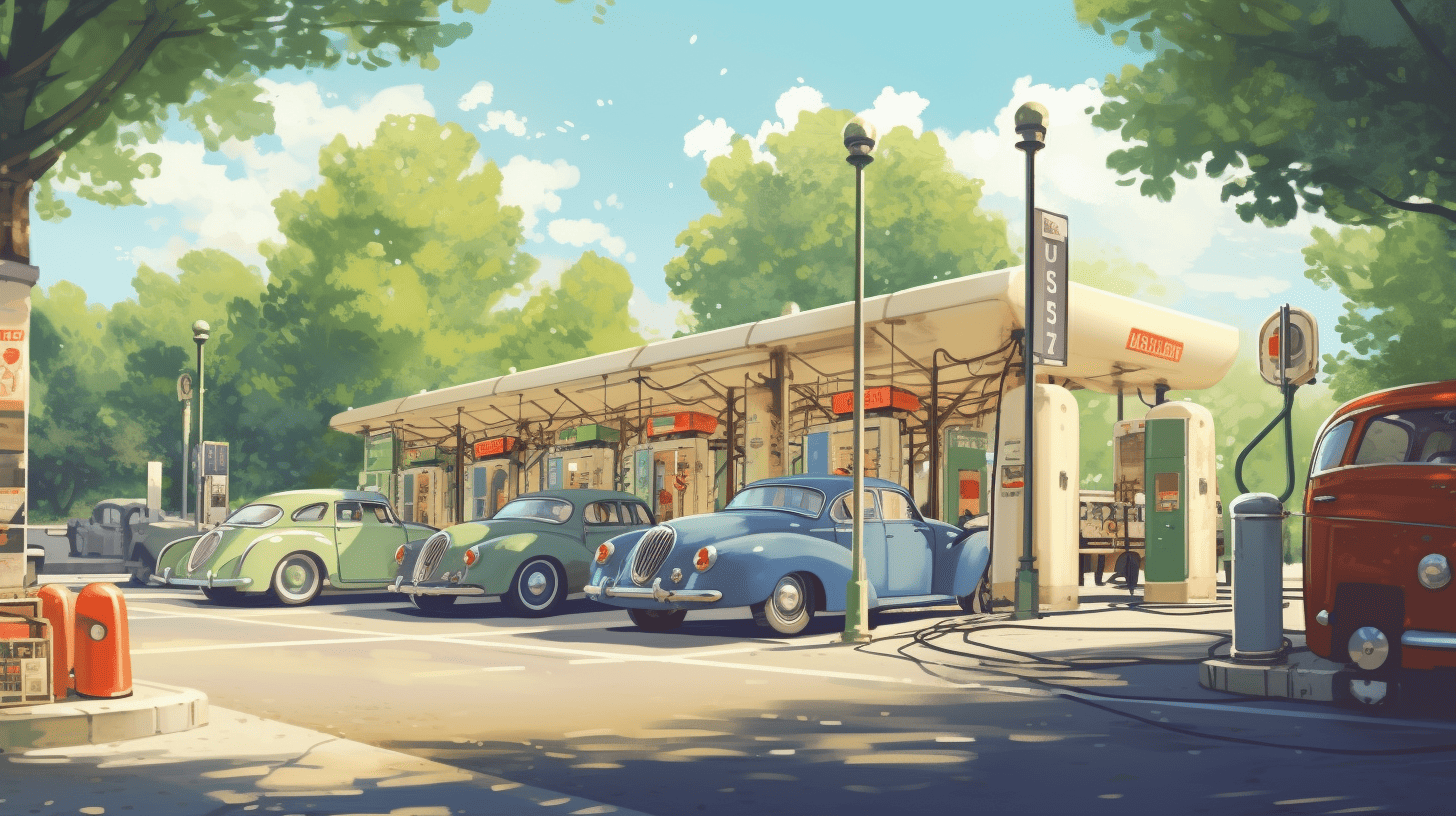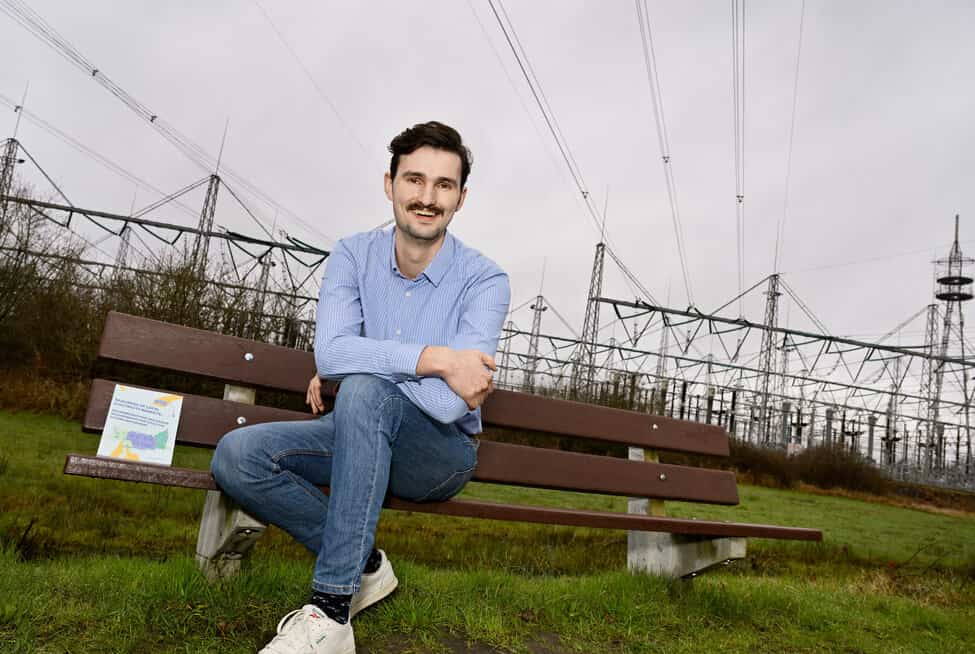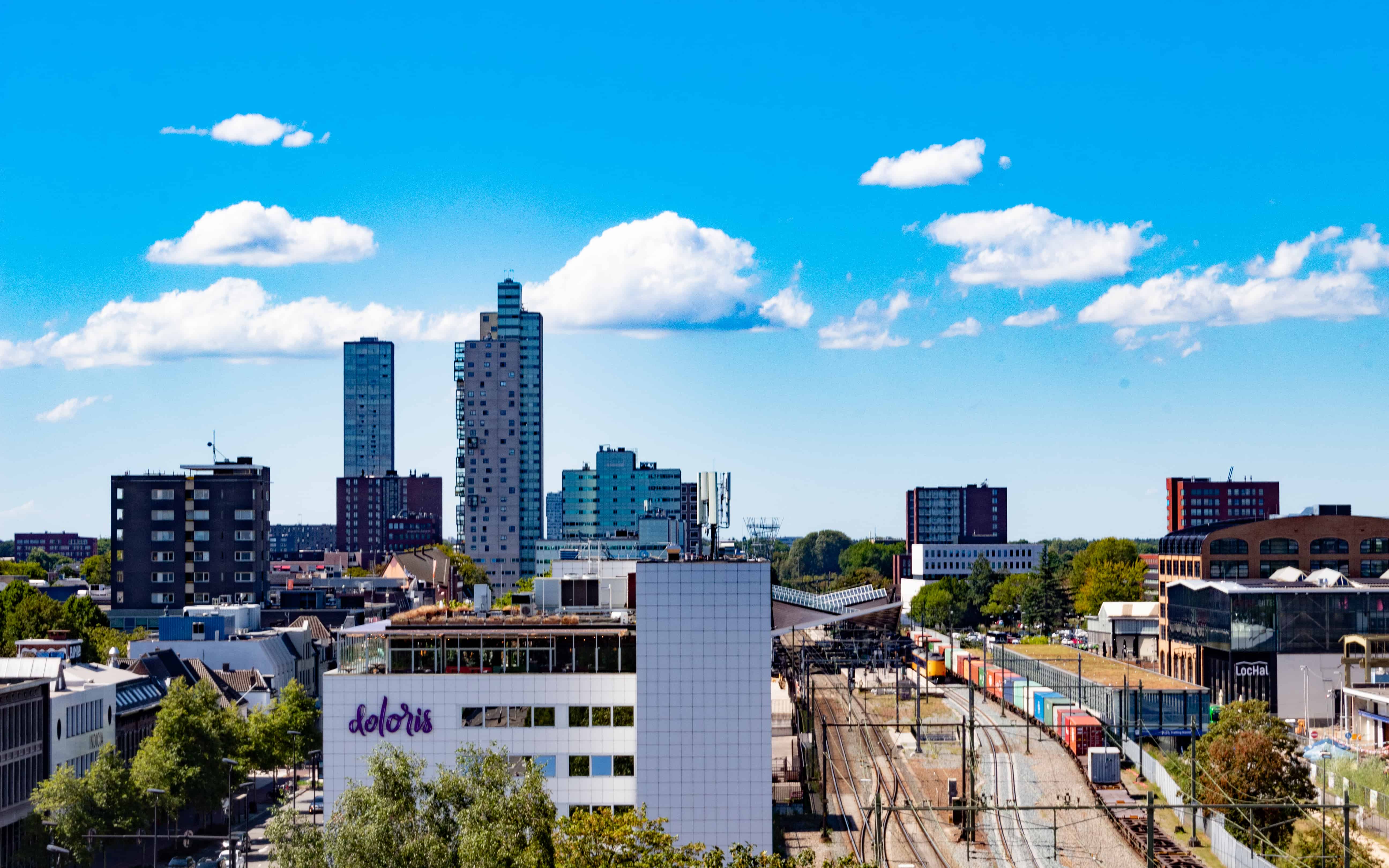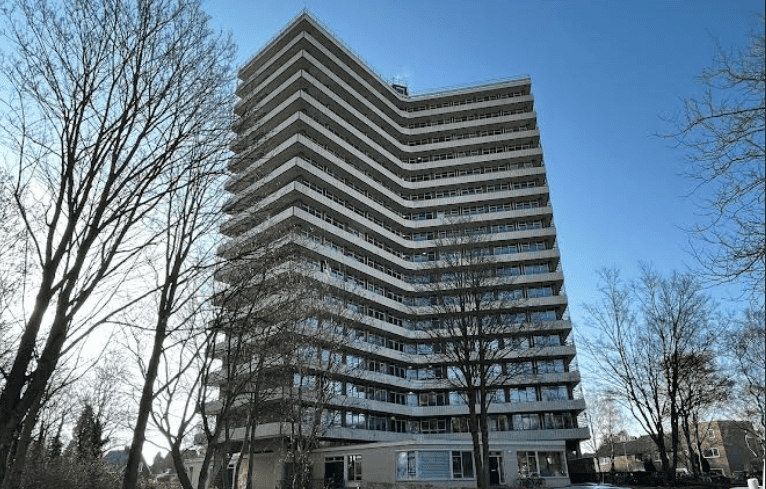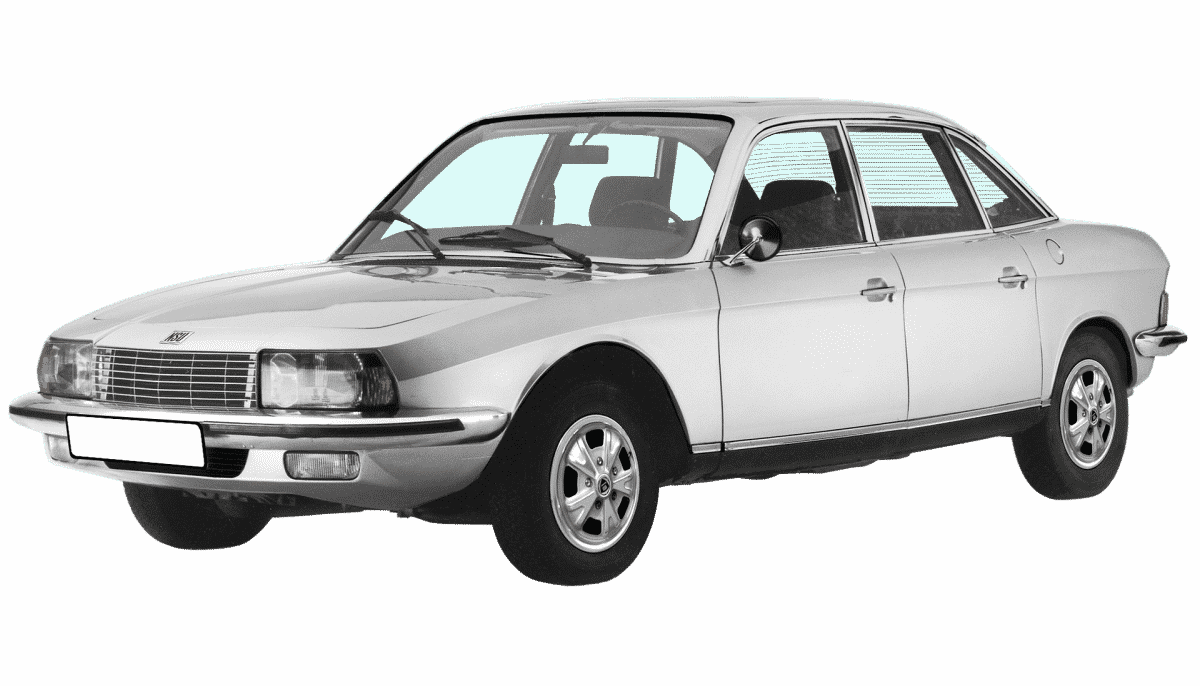
We are living in a very interesting time in which we are going to make serious breakthroughs in the various areas of mobility. We are aiming for zero emissions, no congestion and the number of fatalities must be reduced to zero. In 2018 this was 678 (2017: 613) for the Netherlands only, while in 1972 there were more than 3000 fatalities in traffic at much lower car kilometres.
Transition, innovation and disruption are the buzzwords of our time. The nice thing about this is that everyone can be innovative. After all, innovation does not mean that a product or service is new in the world, but that it is new for those who innovate. In short, are there still companies that feel that they are not innovative in one way or another? I don’t think so. That is why the word innovation, just like transparency and synergy, has had its day.
“Innovation does not mean that a product or service is new in the world, but that it is new for those who innovate.”
Disruption is still viable. As far as communication is concerned, the disruptor is in a difficult position. On the one hand, communication must be as enthusiastic as possible in order to raise sufficient financial resources. On the other hand, the disruptor runs the risk of bouncing off the Gartner slide very quickly and the business may soon be over because the expectations are not met. I’ve been giving presentations to all kinds of different groups for a number of years now. It is striking that the belief in the advent of the autonomous car has declined enormously and the belief in hydrogen as an energy carrier has increased enormously in certain sectors. The question is whether this is justified, or whether people are merely looking for something new.
A good example of the belief in a new technical hype and its decline is the Wankel engine. In 1960, NSU issued a press release about its new invention and co-organised a seminar on 19 January 1960 organised by the Association of German Engineers. The technical press was also present. There were 1,350 people, while 300 were expected. From the moment of the press release, the interest in the Wankelmotor was overwhelming. Strange press releases were soon issued: the Hamburger press service NordPresse reported that a rotary lobe machine used 2 litres of petrol per 100 km with a power output of 60 hp. Other press releases were: future machine, an engine without speed limit, NSU has a gold mine, half as much fuel consumption, gearbox unnecessary, a dwarf engine with giant power, gasoline can become cheaper. The authoritative German magazine Auto, Motor & Sport even talked about a revolution and that the Wankelmotor will have a great effect on machine production technology and the production of energy. NSU’s share price rose sharply. Within two years the price increased tenfold. A year later, the price had already fallen sharply.
The Times They Are a-Changin‘, but history often repeats itself. The question is therefore what we can learn from history so that we know how to do things differently. One of the major challenges we now face is the availability of batteries for the enormous demand that is coming for cars, trucks, etc. made in Europe, coupled with the development of battery technology. The Battery Alliance should contribute to this. This is a European cooperation project that is crucial for the future of the European automotive industry. It is a “long-term” project in which we can hope that the actors will not be influenced by all kinds of hypes etc., but that the example of Toyota’s approach will be followed in the case of major innovations. The Prius was launched on the market in 1997 without too much noise and with a long-term goal. After a very cautious start, the 2 millionth Toyota hybrid was launched in 2009. The question is therefore which way Europe is going. Is it the Anglo-Saxon, in which a quick result has to be achieved, or the Japanese, in which long term goals have to be adhered to? I am assuming the latter.
About this column:
In a weekly column, alternately written by Eveline van Zeeland, Jan Wouters, Katleen Gabriels, Maarten Steinbuch, Mary Fiers, Carlo van de Weijer, Lucien Engelen, Tessie Hartjes and Auke Hoekstra, Innovation Origins tries to find out what the future will look like. These columnists, occasionally supplemented with guest bloggers, are all working in their own way on solutions for the problems of our time. So tomorrow will be good. Here are all the previous episodes.



